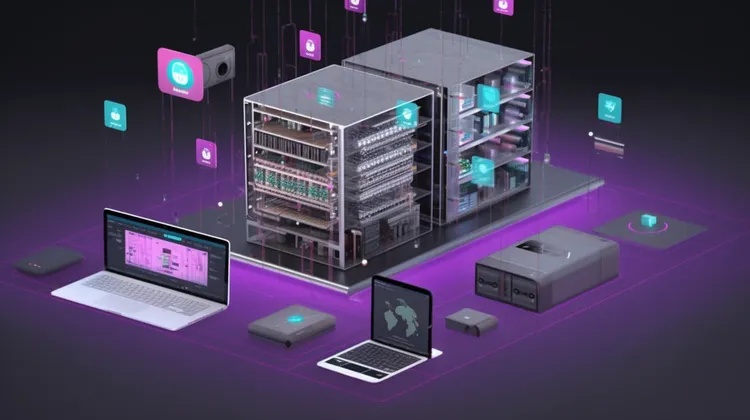The development of blockchain technology has opened up a world of possibilities for various industries, and with it comes the need for interoperability among different blockchain networks. One project that aims to address this need is the creation of an L1 network that enables secure and efficient interactions between different blockchains, including Bitcoin, Ethereum, and more.
Interoperability refers to the ability of different blockchain networks to communicate and interact with each other seamlessly, allowing for the transfer of assets and data across different networks. Currently, most blockchain platforms operate as isolated silos, which limits their potential for widespread adoption and hampers collaboration among various projects.
The L1 network, or Layer 1 network, acts as a foundational layer for building blockchain networks and provides the infrastructure necessary for interoperability. By creating a common layer that connects different blockchains, the L1 network enables the transfer of assets and data across these networks, essentially bridging the gap between digital ecosystems.
One of the main advantages of this L1 network is the enhanced security it offers. By utilizing advanced cryptographic algorithms and consensus mechanisms, the L1 network ensures the integrity and immutability of data across all connected blockchains. This eliminates the need for intermediaries or trusted third parties, reducing the potential for malicious attacks or unauthorized access to sensitive information.
Furthermore, the L1 network promotes efficiency in cross-chain transactions. Instead of relying on complex and time-consuming processes to transfer assets between different blockchains, users can seamlessly interact with different networks through a unified interface. This simplifies and expedites the process, making blockchain technology more accessible and user-friendly for both individual users and enterprises.
The L1 network also opens up new opportunities for innovation and collaboration within the blockchain ecosystem. Developers can create decentralized applications (dApps) that leverage the capabilities of multiple blockchains simultaneously, combining the strengths of different networks to provide enhanced functionalities. This paves the way for synergistic collaborations and the creation of entirely new use cases that were previously unattainable.
Moreover, the L1 network fosters scalability in blockchain networks. As the usage and adoption of blockchain technology grow, the demand for increased transaction throughput also rises. With the L1 network in place, blockchains can seamlessly scale their operations by leveraging the capacity of other connected networks. This ensures that the performance of the entire blockchain ecosystem is not limited by the capacity of individual networks.
In the context of the Bitcoin and Ethereum ecosystems, the integration of an L1 network holds great promise. Bitcoin, being the first and most renowned blockchain network, can benefit from interoperability by expanding its set of features and use cases. This opens up opportunities for Bitcoin to interact with other smart contract platforms, such as Ethereum, allowing for decentralized applications and programmable money on a secure and reliable network.
Similarly, Ethereum, with its extensive capabilities for deploying smart contracts, can tap into the L1 network to expand its reach and potential. By connecting with Bitcoin and other blockchain networks, Ethereum gains access to a wider range of assets and data, enabling more complex and diverse dApps. This promotes greater adoption and utility for Ethereum, thereby encouraging further development of the network.
In conclusion, the development of an L1 network that provides secure and efficient interoperability between blockchain networks, such as Bitcoin and Ethereum, unlocks a multitude of possibilities for the blockchain ecosystem. It enhances security, promotes efficiency, fosters innovation and collaboration, and allows for scalability in blockchain networks. By creating a unified layer that bridges the gap between different blockchains, the L1 network opens up new avenues for the adoption and application of blockchain technology across various industries.




Interoperability sounds great, but how can we trust that the L1 network will actually deliver on its promises?
Is the L1 network just another attempt to cash in on the blockchain hype? I’m not convinced it’s necessary. 🤦♂️
Wow, the L1 network is a technological marvel! The enhanced security and efficiency it provides in cross-chain transactions will bring blockchain technology to new heights. I can’t wait to see the real-world impact of this groundbreaking development!
I’m skeptical that the L1 network will actually live up to its promises. It’s just another overhyped project in the blockchain space.
This article doesn’t provide any real-world examples of how the L1 network would actually benefit different industries.
Just another buzzword-filled article without any real substance. Is the L1 network just a pipe dream?